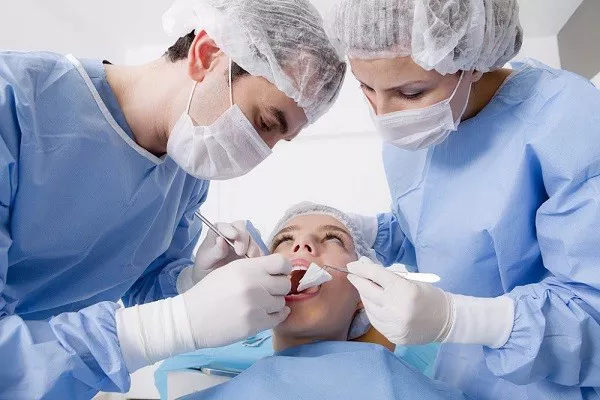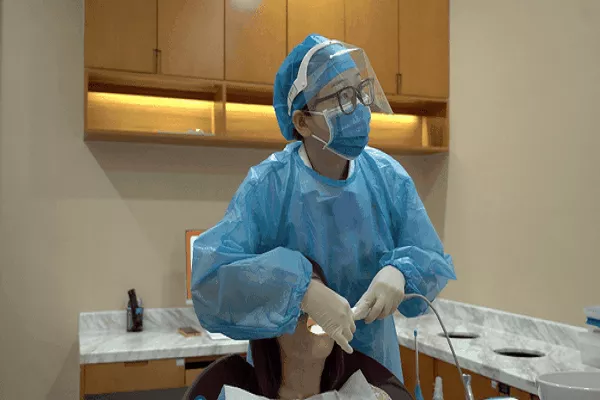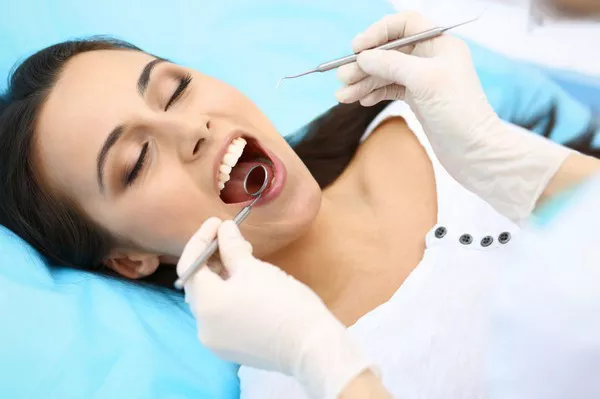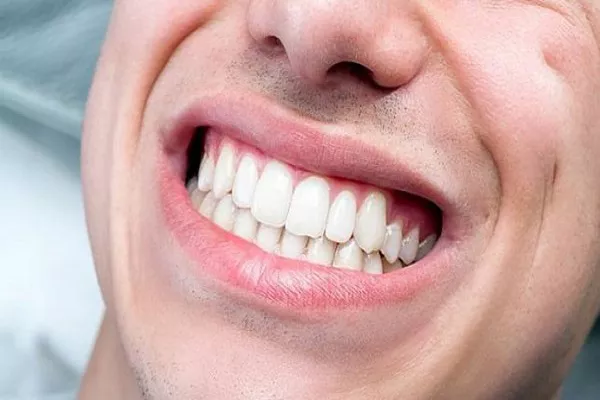Chewing gum has become a popular habit for many people as it can freshen breath, relieve stress, and even aid in digestion. However, if you have just had a dental filling, you may be wondering whether it is safe to chew gum. In this article, we will explore the effects of chewing gum after a dental filling, the risks involved, and what you need to know to protect your oral health.
The Effects of Chewing Gum on Dental Fillings
- Chewing gum can put pressure on the newly filled tooth, which can cause discomfort or pain.
- The sugar content in gum can increase the risk of tooth decay, especially if you have just had a filling.
- Chewing gum can dislodge or damage the filling, resulting in the need for further dental work.
Risks of Chewing Gum After a Filling
1.Dislodging the Filling:
One of the most common concerns about chewing gum after a filling is that it can dislodge the filling. While this is rare, it can happen, especially if the filling is new and not fully set. Chewing sticky or hard foods can also increase the risk of dislodging the filling.
- If you must chew gum, wait at least 24 hours after getting a filling before doing so. This will give the filling enough time to set properly and reduce the risk of dislodgement.
- Choose a soft or sugar-free gum that is less likely to stick to your teeth or dental work.
- Avoid chewing gum excessively or for prolonged periods.
2.Sensitivity and Discomfort:
After getting a filling, it’s common to experience some sensitivity and discomfort, especially when eating or drinking hot or cold foods. Chewing gum can exacerbate these symptoms, making it uncomfortable or even painful to chew.
- If you experience sensitivity or discomfort while chewing gum, stop immediately and try again later.
- Consider using a desensitizing toothpaste or gel to reduce sensitivity.
- Talk to your dentist if the sensitivity or discomfort persists, as it may be a sign of an issue with the filling.
Benefits of Chewing Gum After a Filling
1.Increased Saliva Production:
Chewing gum can help stimulate the production of saliva, which can help neutralize acid in the mouth and wash away food particles that can cause decay. This is particularly helpful after meals when brushing may not be an option.
- Choose a sugar-free gum that contains xylitol, a natural sweetener that has been shown to help prevent tooth decay.
- Chew gum for 20 minutes after meals to help increase saliva production and reduce the risk of tooth decay.
2.Fresh Breath:
Many types of gum contain flavorings that can help freshen your breath. This can be particularly helpful after meals or when you don’t have access to a toothbrush.
- Choose a sugar-free gum that contains a flavor you enjoy.
- Chew gum for no more than 20 minutes at a time to avoid overstimulating saliva production, which can lead to dry mouth and bad breath.
3.Stress Relief:
Chewing gum can be a stress-relieving activity for some people. This can be helpful if you’re feeling anxious or tense.
- Choose a gum that you enjoy and find calming, such as a mint or lavender-flavored gum.
- Chew gum for short periods throughout the day to help relieve stress.
Tips for Chewing Gum After a Dental Filling
- Wait at least 24 hours: It is essential to wait at least 24 hours after a dental filling before chewing gum as the filling needs time to harden and set.
- Choose sugar-free gum: Sugar-free gum is less likely to cause tooth decay and is a safer option after a dental filling.
- Be gentle: When chewing gum, be gentle and avoid putting too much pressure on the filled tooth.
- Chew on the opposite side: If you have had a filling on one side of your mouth, chew gum on the opposite side to avoid putting pressure on the filled tooth.
- Avoid hard or sticky gum: Hard or sticky gum can damage or dislodge the filling and should be avoided.
Other Ways to Freshen Breath after a Dental Filling
- Rinse with saltwater: Rinsing your mouth with saltwater can help freshen your breath and promote healing after a dental filling.
- Brush and floss regularly: Brushing and flossing regularly can help remove food particles and bacteria that cause bad breath.
- Use mouthwash: Mouthwash can help kill bacteria and freshen breath, but it is essential to choose an alcohol-free option to avoid irritation or discomfort.
Conclusion
In conclusion, chewing gum after a dental filling is not recommended for at least 24 hours, and even then, it is essential to choose sugar-free, gentle gum. It is important to keep in mind the risks involved, such as discomfort or pain, tooth decay, and a damaged or dislodged filling. By following these tips and alternative ways to freshen breath, you can protect your oral health and ensure your dental fillings last longer. Remember to consult your dentist if you experience any pain or discomfort after a dental filling, as they can provide further guidance and treatment if necessary.
Related Topics:



























